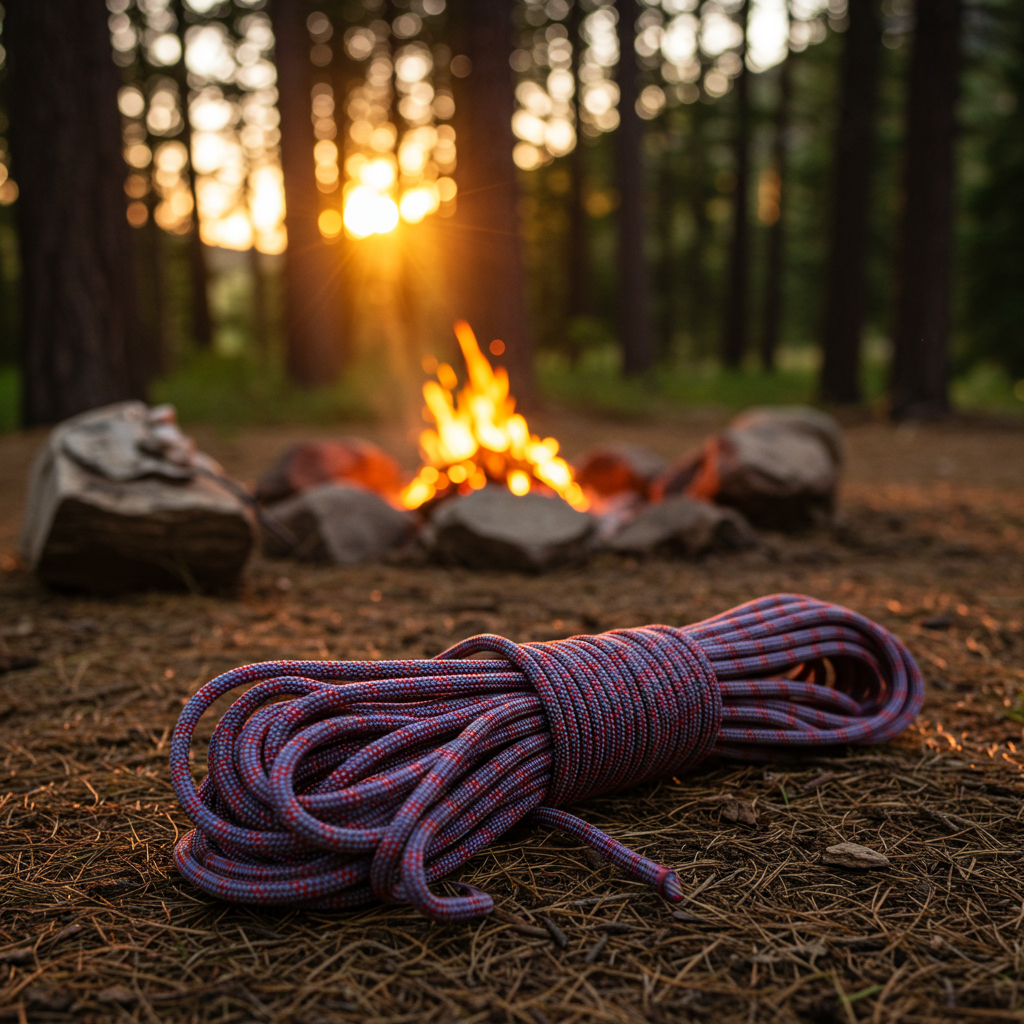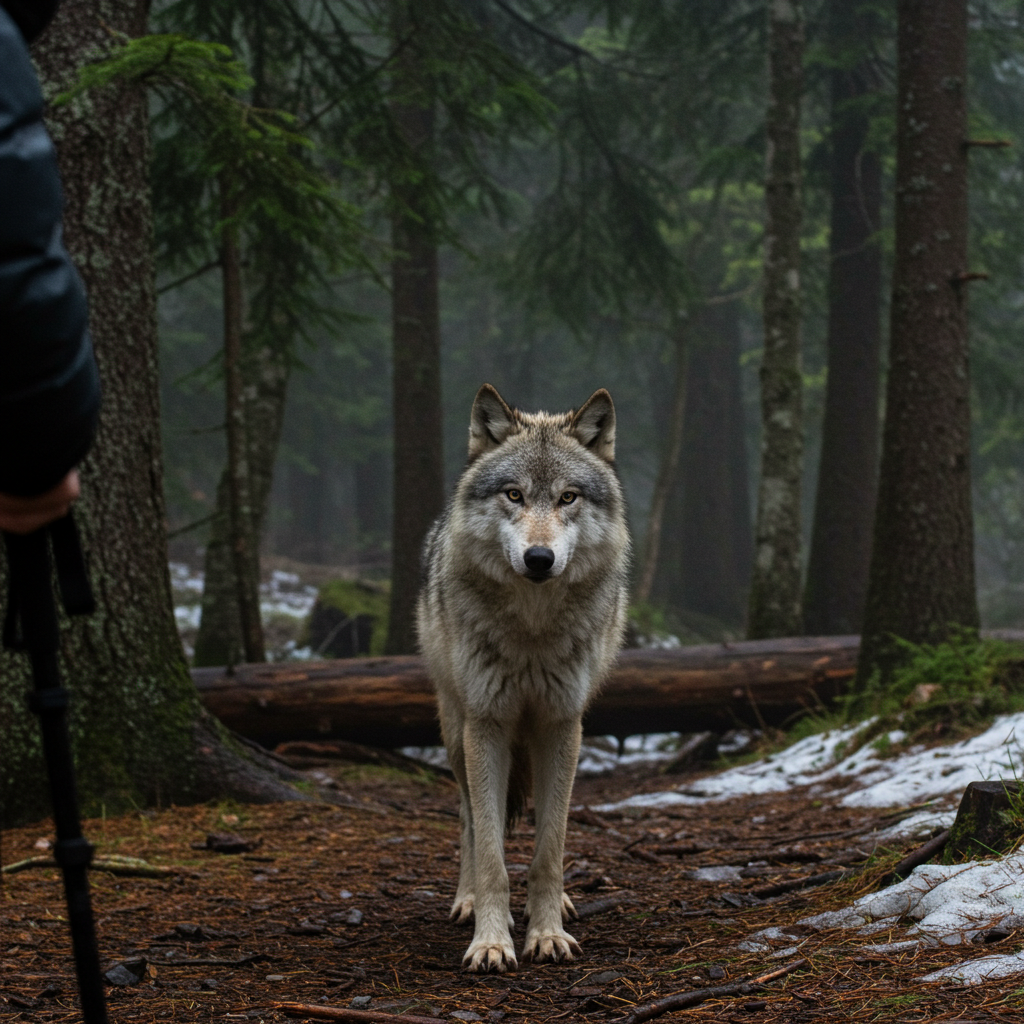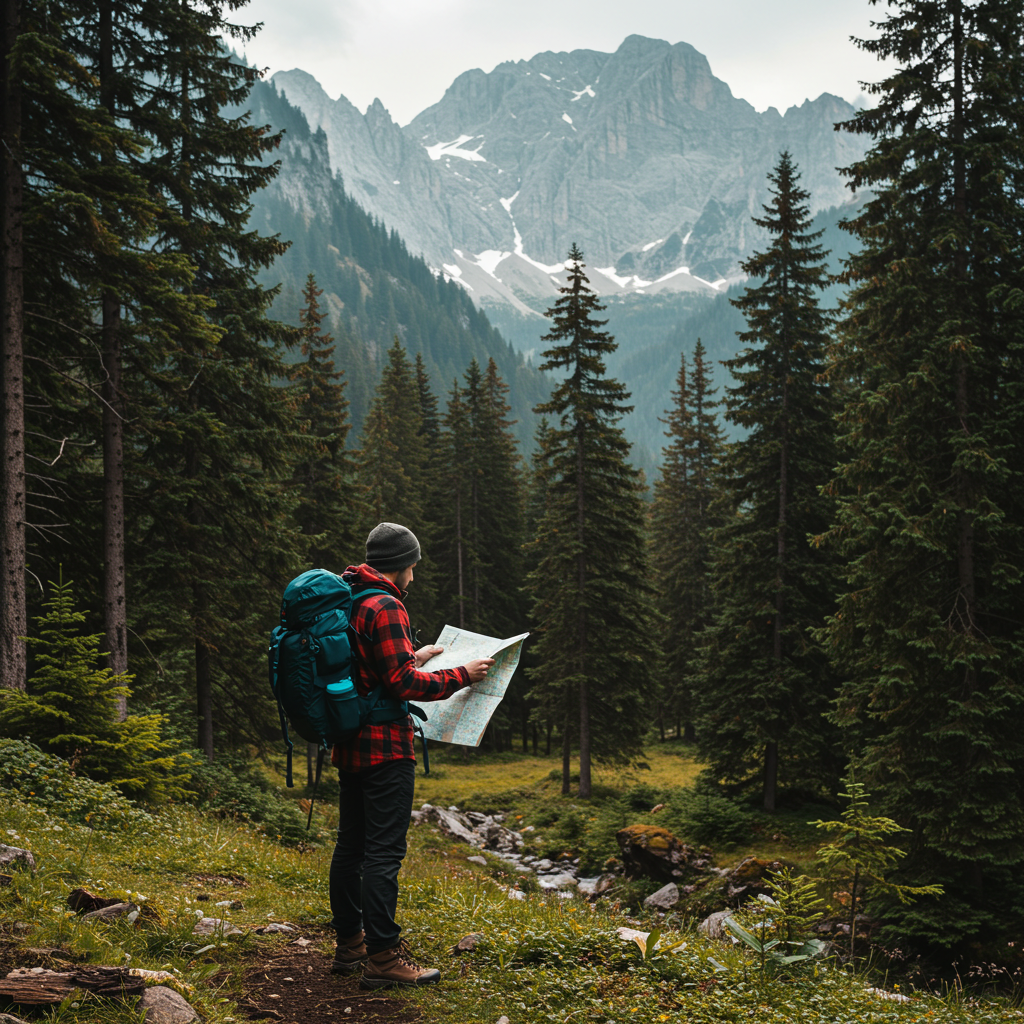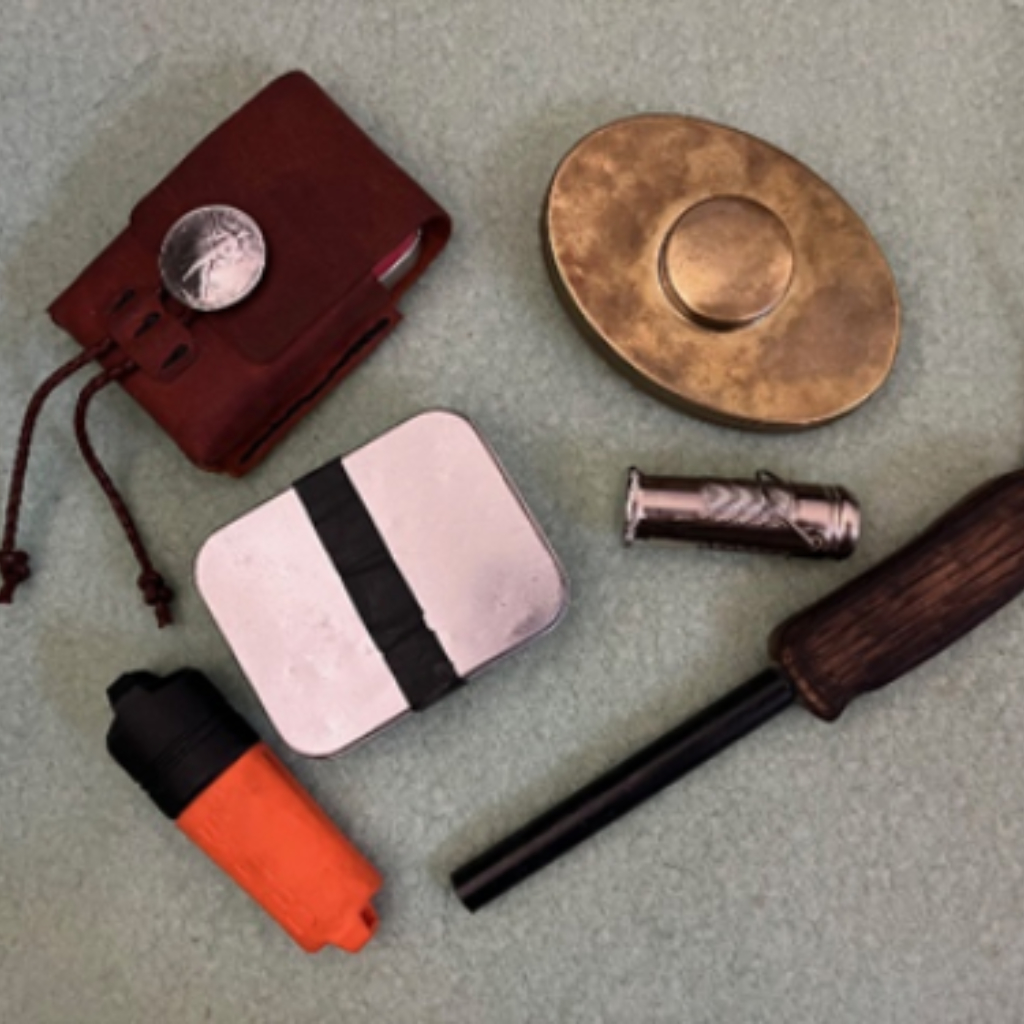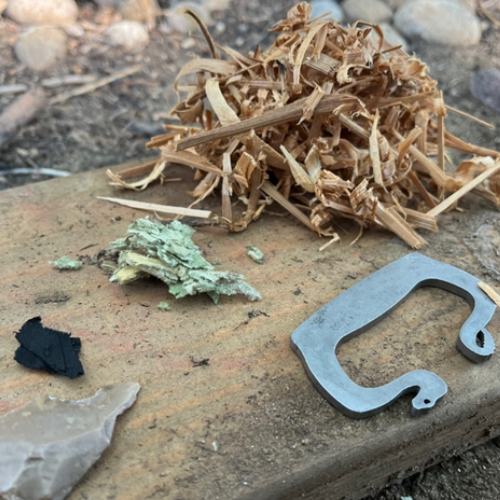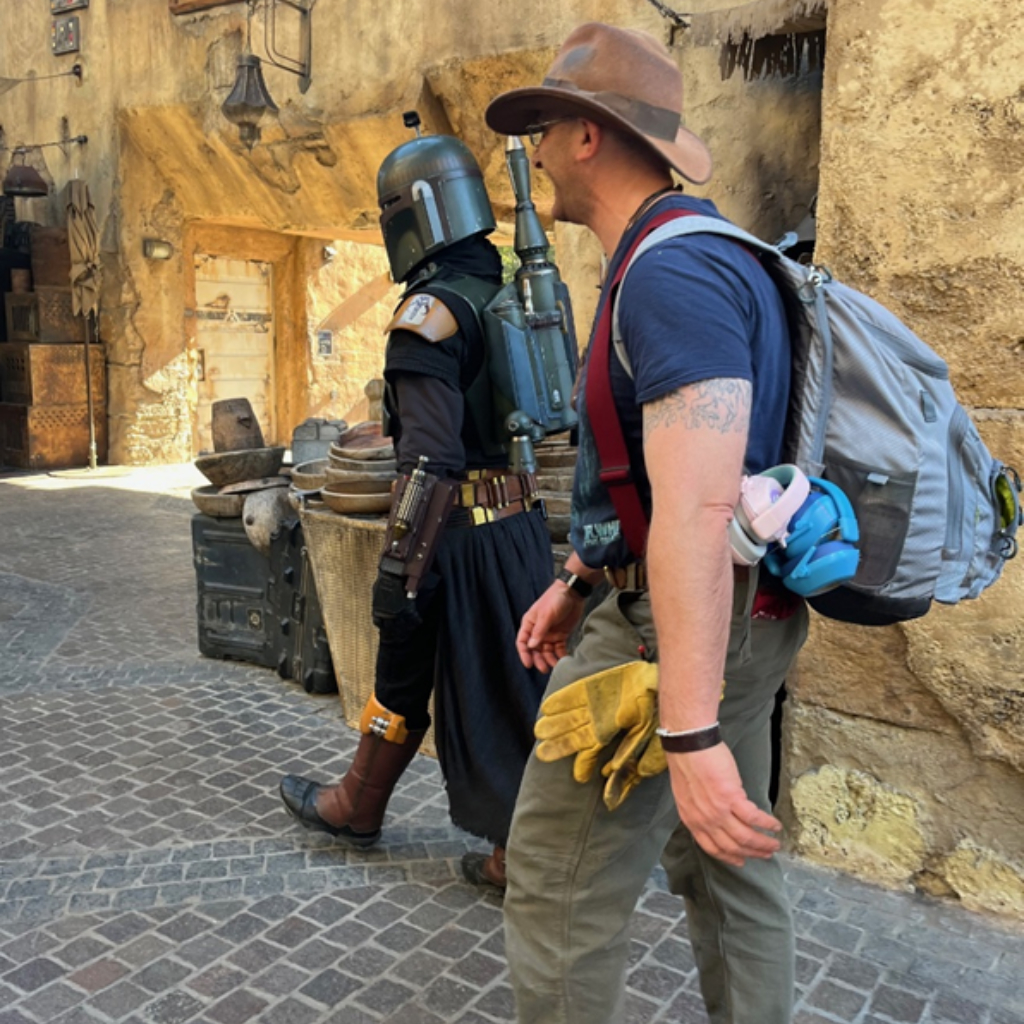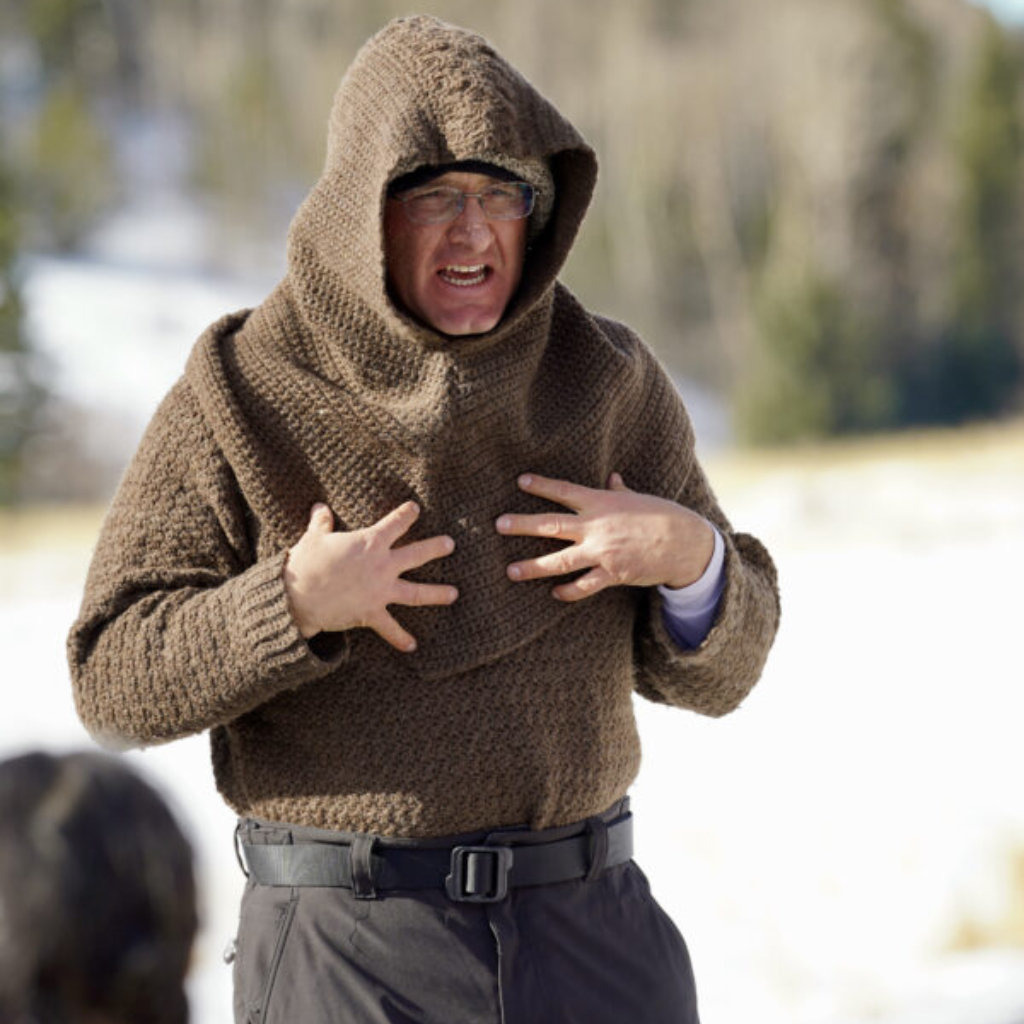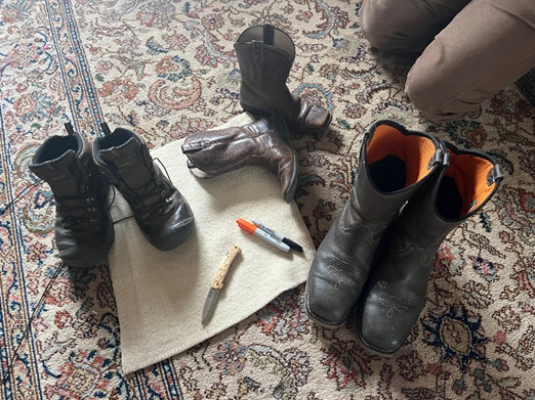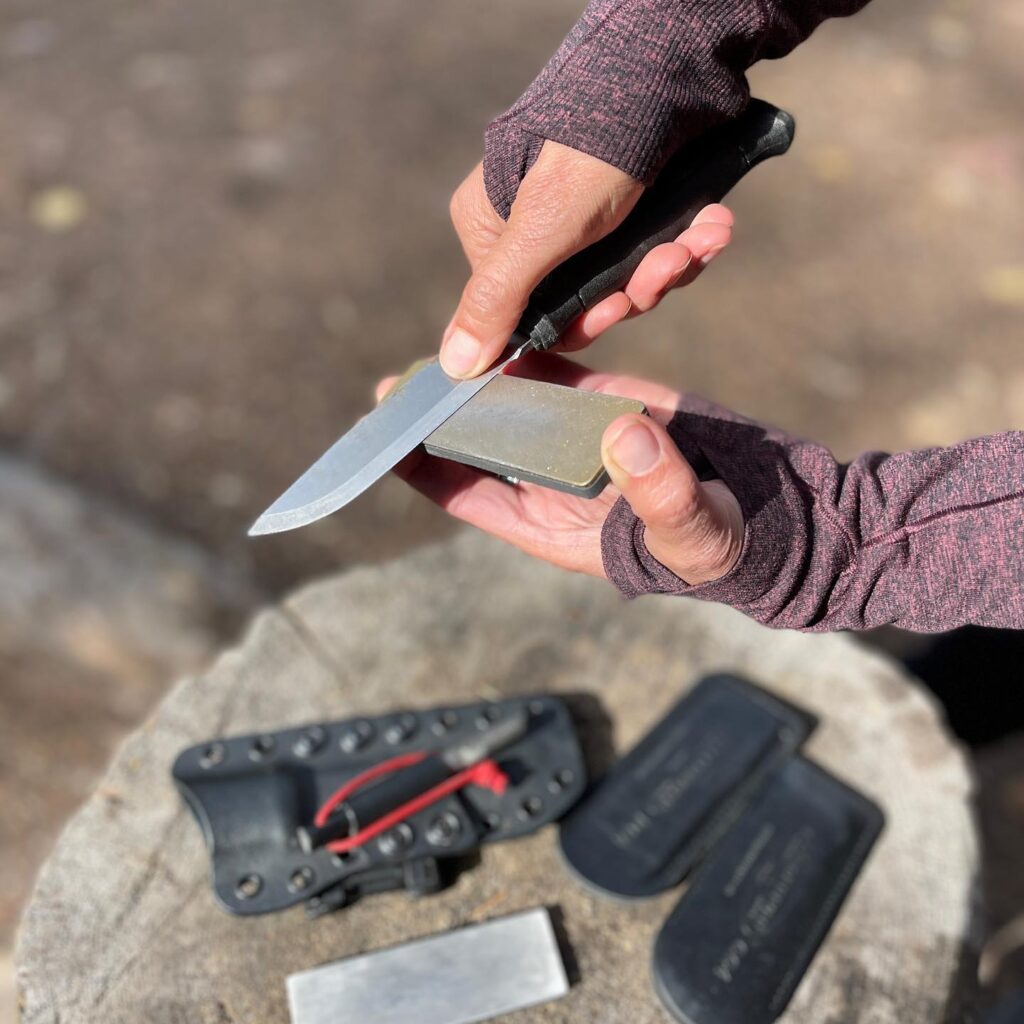Cart
5 min read
Train Like You Play: Why Everyone Needs Their Own Survival Gear
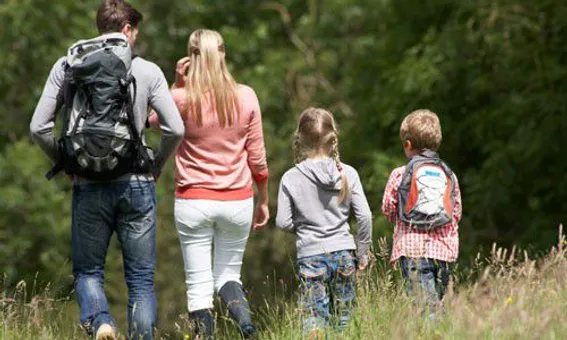
Train Like You Play: Why Everyone Needs Their Own Survival Gear
A question I get asked a lot, especially from families or groups attending my classes, is:
“Does everyone need to bring their own gear, or can we share?”
It’s a fair question, but one that makes me think beyond the training scenario and into real-world survival situations. The truth is, sharing gear in training might work, but in the wilderness, it could lead to disaster. Here’s a two-part answer to chew on.
Training Scenarios: Can You Share Gear?
In a training environment, gear needs are minimal, and sharing might seem like a good way to save money, especially if you’re unsure of what to buy. We actually encourage this for beginners so you can figure out what works for you before dropping a ton of cash on equipment.
That said, sharing gear in class comes with challenges. For essential tools like a knife and fire starter, I highly recommend each person has their own. When multiple people share one item, it slows down the learning process, limiting hands-on practice. In short, sharing might work in class, but it’s not ideal for maximizing your training experience.
Real-World Survival: Train Like You Play
When it comes to real-world scenarios, the answer changes entirely. Survival situations are unpredictable, and you need to prepare for the possibility of being alone. Train like you play, because one day, you might find yourself “playing” solo.

The Reality of Separation
Picture this: a family heads out for a day hike.
- Dad carries the bulk of the gear in a large pack.
- Mom has a smaller pack stuffed with water, snacks, and jackets for the kids.
- Little Susie has her stuffed animal.
- Little Bobby has a stick and maybe a pocket knife hidden somewhere.
Now, imagine the family gets separated. Maybe someone takes a wrong turn or bad weather forces them to split up. If each person isn’t carrying their own gear, how will they handle a night alone in the wilderness?
This scenario happens more often than people think. Without gear or training, separated family members are left vulnerable, relying on luck rather than preparedness.
The Bigger Problem: Training and Experience
Let’s be real. In many families, Dad is often the one with some survival training—maybe from the military or a civilian course. Mom may or may not have attended a class, and the kids? They usually have little to no survival experience.
If Dad’s gear is the only complete pack and he’s not around, the rest of the family is left unprepared. Moms, if you’ve trained too, give me a high five! But if you haven’t, consider this: everyone in the group, kids included, needs to be able to “hold their own” in a survival situation.
What Should Be in Everyone’s Kit?
At a minimum, every person should carry a kit that covers the Rule of Threes (3 minutes without air, 3 hours without shelter, 3 days without water, 3 weeks without food). Here’s what I recommend for each individual:
- Knife: A reliable, sharp blade is a must-have tool for countless survival tasks.
- Fire Starter: Ferro rods, Bic lighters, or waterproof matches.
- Paracord: Lightweight and versatile for shelter, repairs, and more.
- Shelter: A poncho or tarp that can double as a rain cover and emergency shelter.
- Water Bottle and Filter: Stay hydrated with clean, safe water.
- Trauma Kit: Tailored to your training the environment and individual needs.
- Map and Compass: Critical for navigation, especially in unfamiliar terrain.
- Food: High-calorie, lightweight snacks for energy.
- Proper Clothing: Layers to stay warm, dry, and protected.
All of this can fit into a small backpack and weigh as little as 10–15 pounds when packed efficiently. Adding a signal whistle and mirror gives you a better chance of being found by Search and Rescue (SAR).
Common Mistakes: Overreliance on One Person
Too often, I see families relying heavily on Dad to carry the bulk of the gear. While this might seem practical, it creates a dangerous dependency. What happens if Dad isn’t there? A child or spouse without proper training or gear could quickly find themselves in trouble.
Everyone, including kids, should have their own self-sustaining kit and know how to use it. A knife and fire starter aren’t just tools—they’re lifelines. Learning how to use these items in a controlled training environment ensures everyone is prepared for the unexpected.
Beyond Gear: Survival Training
Gear alone isn’t enough. Each person must know how to use what they’re carrying. That means understanding the Rule of Threes, practicing fire-starting, shelter-building, and water purification, and navigating with a map and compass.
This is why I teach families to train as they would play. For parents, it’s also a great opportunity to bond with your kids while giving them the tools and confidence they’ll need in an emergency.
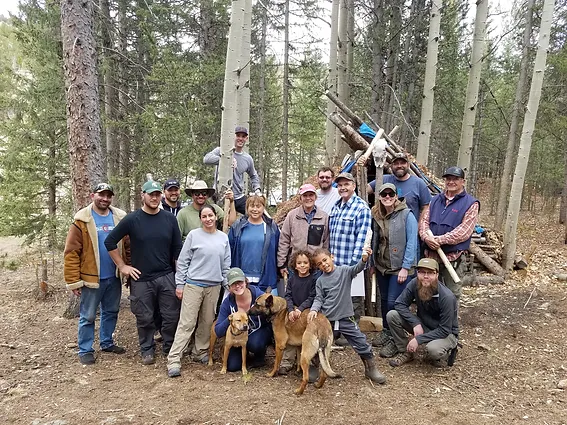
A Word About Bug-Out Bags
The same principles apply to bug-out bags. Every person’s bag should be self-sustaining, with enough supplies to handle emergencies independently. Sharing a single bag isn’t just inconvenient—it’s risky. Survival is about self-reliance, and that starts with having the right gear and training.
Final Thoughts: Why Self-Sufficiency Matters
When someone asks me, “Can we share gear?” this entire thought process runs through my mind. My simple answer? Train like you play.
In both training and real-world survival, everyone in your group should have their own gear and the knowledge to use it. By preparing each person to be self-sufficient, you’re giving your family or group the best chance to thrive in any situation.
Leave a Comment
What to Do When You Encounter a Wolf in the Wild
Wolves are neither villains nor heroes—they’re survivors. Explore their role in nature, the myths that surround them, and what we can learn from their resilience.
Beyond the Flick: Fire-Starting Hacks for Broken, Empty, and Wet Lighters
Learn how to start a fire with a lighter even if it’s broken, empty, or wet. Master fire-starting techniques and build confidence in real-world survival...
Why Every City Dweller Needs Wilderness First Responder Training
Wilderness First Responder training prepares you to act fast in emergencies—urban or remote—when 911 is too far away.
Mastering Fire for Survival: How to Pack a TRUE emergency fire kit
Learn to pack a reliable survival fire kit with the right tools for warmth, cooking, and signaling. Keep it simple, effective, and ready for any...
How to Dress for Winter Survival: Mastering the Art of Layering
In cold weather, it is important to dress in layers. This allows you to adjust your clothing as your body heats up or cools down...
How to Make Wool Boot Inserts for Warm Feet on Winter Hikes and Outdoor Adventures
Learn how to make DIY wool boot inserts to keep your feet warm and comfortable during winter hikes and outdoor adventures. Simple, budget-friendly, and effective!
Choosing the Best Survival and Bushcraft Knife
Choosing the Best Survival/Bushcraft Knife: A Comprehensive Guide for Survival University Students

